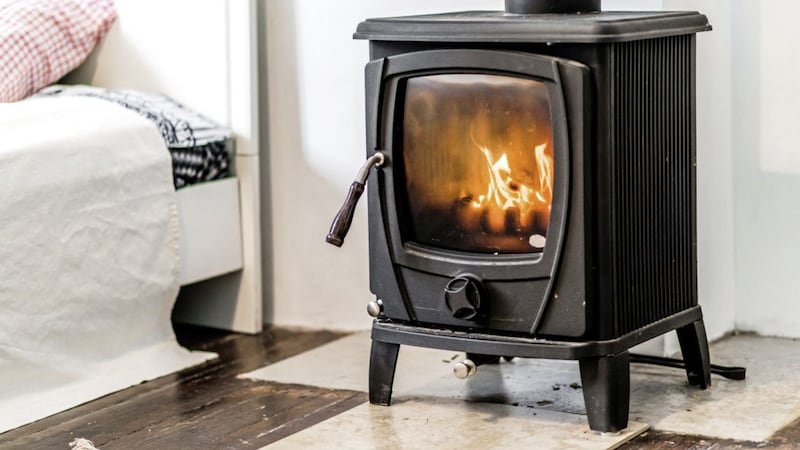AS MANY as 64,000 people die each year in the UK as a result of air pollution, according to research last year from the Max Planck Institute in Germany.
The main danger lies with PM 2.5, tiny soot particles with a diameter of 2.5 microns (around 30 times smaller than a human hair).
The particles are produced by diesel cars and other vehicles, as well as by wood-burning stoves, gas cookers and candles. They enter the body via the eyes, nose and mouth, and can get deep into the lungs, where they trigger irritation and exacerbate asthma.
As well as making asthma symptoms worse, the particles can also lead to the development of asthma and chronic obstructive pulmonary disease, the umbrella term for a group of diseases that includes emphysema and chronic bronchitis, as well as cardiovascular disease.
Research shows that the particles can move into the bloodstream, damaging and narrowing the walls of blood vessels, which can restrict the flow of blood, raising blood pressure and increasing the risk of clotting.
These changes can lead to heart attack and stroke – and possibly dementia, according to recent evidence. Allergies such as hay fever can also be exacerbated by air pollution.
New research from the Max Planck Institute suggests that air pollution could also contribute to a significant proportion of deaths from Covid-19, by aggravating patients’ other conditions (such as heart disease).
© Solo dmg media








